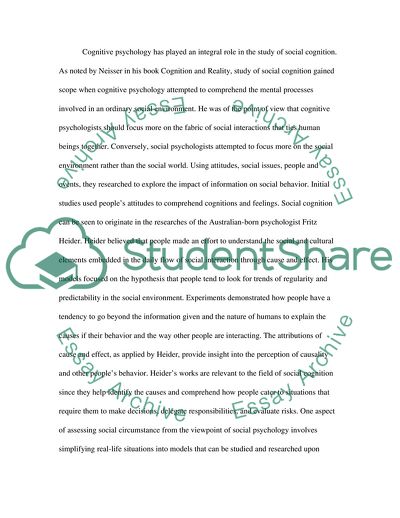Cite this document
(Evaluate the contribution of experimental approaches in informing our Essay - 1, n.d.)
Evaluate the contribution of experimental approaches in informing our Essay - 1. https://studentshare.org/miscellaneous/1738509-evaluate-the-contribution-of-experimental-approaches-in-informing-our-understanding-of-social-cognition
Evaluate the contribution of experimental approaches in informing our Essay - 1. https://studentshare.org/miscellaneous/1738509-evaluate-the-contribution-of-experimental-approaches-in-informing-our-understanding-of-social-cognition
(Evaluate the Contribution of Experimental Approaches in Informing Our Essay - 1)
Evaluate the Contribution of Experimental Approaches in Informing Our Essay - 1. https://studentshare.org/miscellaneous/1738509-evaluate-the-contribution-of-experimental-approaches-in-informing-our-understanding-of-social-cognition.
Evaluate the Contribution of Experimental Approaches in Informing Our Essay - 1. https://studentshare.org/miscellaneous/1738509-evaluate-the-contribution-of-experimental-approaches-in-informing-our-understanding-of-social-cognition.
“Evaluate the Contribution of Experimental Approaches in Informing Our Essay - 1”. https://studentshare.org/miscellaneous/1738509-evaluate-the-contribution-of-experimental-approaches-in-informing-our-understanding-of-social-cognition.


